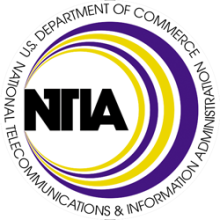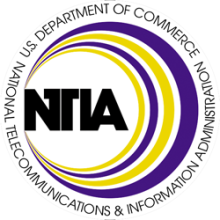Bristol Gets Stimulus Funds for Middle Mile and Starts Smart Grid
Bristol Virginia is again expanding broadband access in rural Virginia. Following a $22.7 million BTOP (broadband stimulus) grant and matching $5.7 million grant from the Virginia Tobacco Commission, in combination with in-kind contributions from the Virginia Department of Transportation, BVU will greatly expand middle-mile broadband throughout 8 counties in Southwest Virginia. The project is expected to take 2.5 years to complete.
The Bluefield Daily Telegraph covered the story:
“With this broadband network, Bristol Virginia Utilities will enable service to more than 120 of what we refer to as anchor institutions,” [US Senator] Boucher said. “That includes schools, libraries, hospitals, clinics, major government facilities and other large public facilities. The new network will also come within two miles of 18,000 homes and 500 businesses. That makes it feasible for what we refer to as last mile service to be provided to these 18,000 homes and 500 businesses. Some of these have broadband today, but not all of them do.”This project will add onto the economic development successes resulting from previous networks built by the publicly owned utility:
Boucher said the original broadband line deployed across the region several years ago has already helped to create a number of new jobs, including 137 new virtual call center jobs that have been created in the region by DirectTV, and another 700 plus jobs that have been created by the Northrop Grumman and CGI technology centers in Lebanon.Read BVU's press release on the grant award [pdf]. Though BVU is expanding middle mile access, it cannot offer last-mile services in most of these communities. Virginia law prevents BVU from offering some services outside its existing footprint - a policy that is great for telco profits but terrible for people that actually want modern telecom services. For its existing broadband subscribers where it is allowed to offer services, the utility has boosted downstream and upstream speeds [pdf]. The new tiers remain asymmetrical, as with a number of the earlier muni broadband networks. Tiers are now 16/2, 30/10, and 50/20.




